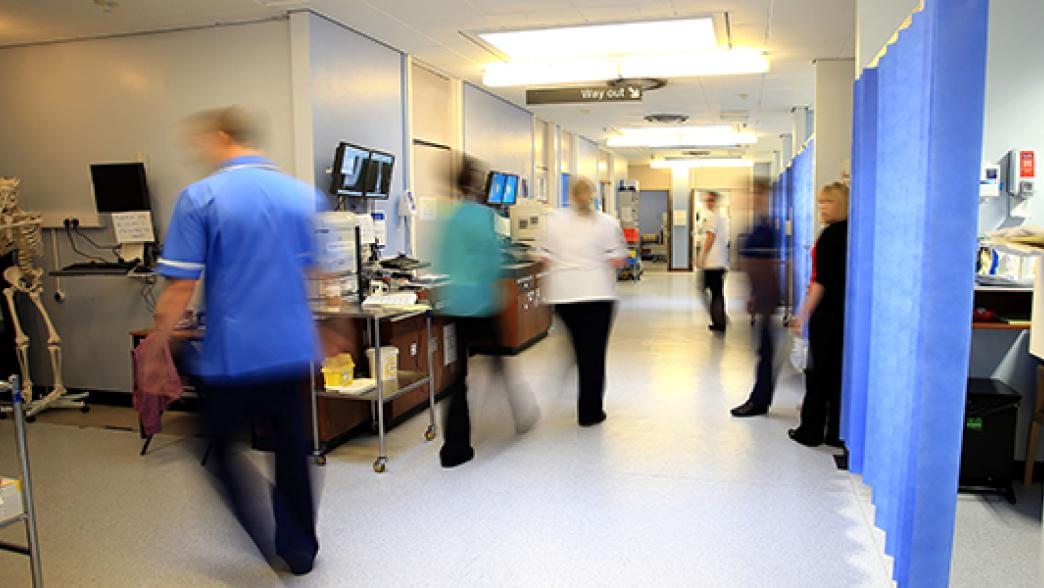Report
Using targets to improve public services
Government targets in public services may do more harm than good.

Government targets in public services may do more harm than good.

What is public service productivity and how is it measured?
Increasing sentences is empty rhetoric given our packed prisons.
On 2 May 2024, elections are taking place for 39 police and crime commissioners (PCCs).
How did the prime minister fare at his grilling by a committee of parliament’s senior MPs?